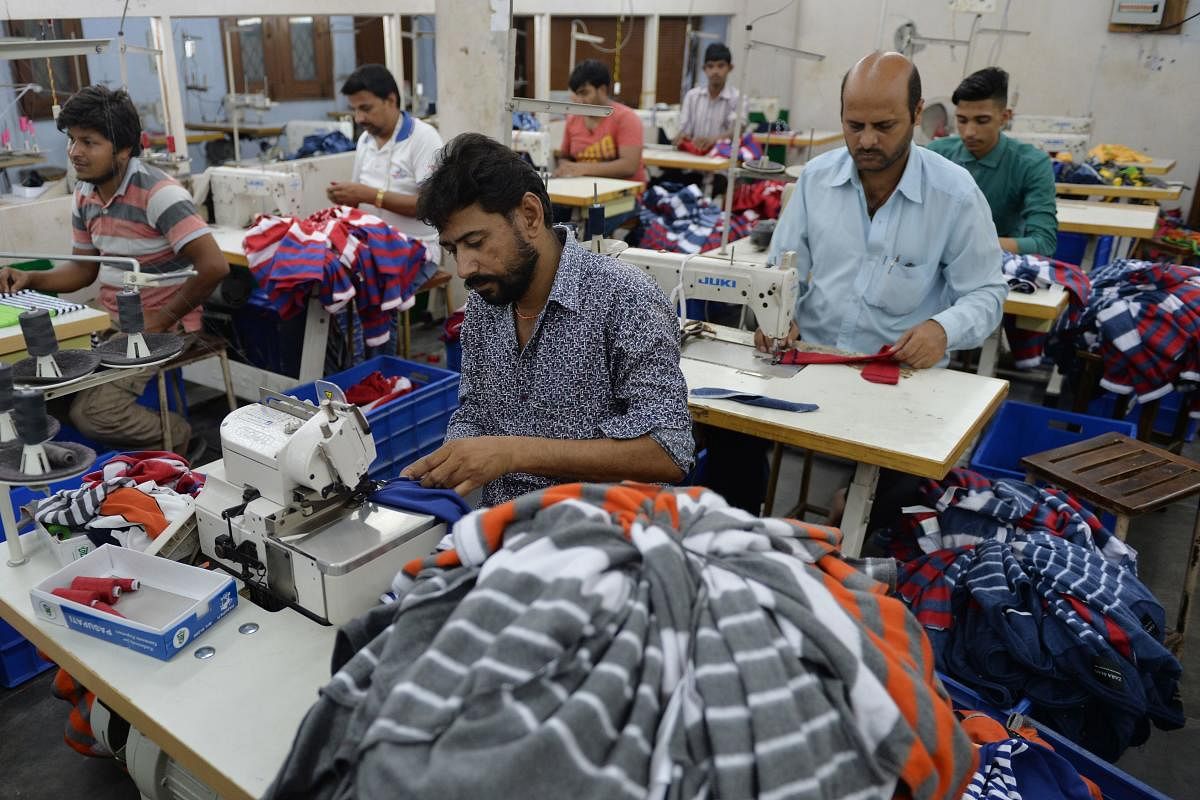Small and medium enterprises (SME) sector, rightly known as India’s ‘engine of growth’, has scaled significantly over the years on the back of increasing awareness, digital advancements and better opportunities that have encouraged many entrepreneurs to offer innovations and emerge as success stories. Despite several challenges in the form of infrastructure constraints and lack of access to formal credit, they are thriving and standing tall to shoulder India’s economic and social development.
The sector has mastered manufacturing competencies, reduced regional discrepancies, secured the distribution of wealth and contributes to 69% of employment in India. With the growing penetration of technology into the mainstream ecosystem, SMEs are poised to bring the convenience of digitisation to the masses.
India is expected to be a $5 trillion economy by 2025, and SMEs are making the major contribution towards this milestone. This year, the sector witnessed a 60% boost in business via a mobile app, clear proof that SMEs have taken well to technology. This has been primarily driven by online businesses opting for bulk buying and selling, which is easier on their pocket.
Further, the surge of fintech players is easing out the credit process, with special focus on the online platform, and has accelerated the growth of this sector, especially in tier-1 and 2 cities. While this has resulted in the improvement of the economic scenario in those regions, the success of SMEs in these areas is inspiring many individuals to capitalise on the host of prospects available in the markets beyond, mainly in tier-3 and 4 cities. Many have started to invest in small businesses within tier-3 and 4 cities and, in the process, such regions could develop at an exceptional rate.
Since the small enterprises have already exploited the markets of tier-1 and 2 cities, new businesses hoping to enter this space are finding it difficult to survive long term. Tier-3 and 4 cities, hardly explored, are increasingly being noticed by ambitious entrepreneurs to create businesses in an uncluttered space. These new markets are proving to be a boon for several small business owners, giving them opportunities to emerge as prominent market leaders when the time is right.
With the increasing internet penetration in tier-3 and 4 regions, entrepreneurs are able to explore the markets without having to worry about geographical limitations. Furthermore, it is also helping small businesses connect with manufacturers, exporters, suppliers and buyers to generate value from unlimited online trade opportunities and buyer inquiries via dedicated online platforms. Meanwhile, an improvement in access to financial assistance and payments is also reassuring many SME owners to scale their businesses.
Launching, sustaining and growing small or medium enterprises is not an easy task. Entrepreneurs and their teams are required to adapt and adopt at a fast pace to give their business a competitive edge. Here are some interesting trends for SMEs in 2019 that are set to play an important role:
Staying mobile-focused: The rapid increase in smartphone users in every part of the country is contributing to accelerating the growth of m-commerce in India. Thus, apart from web-based technologies, new enterprises must simultaneously adopt mobile-based technologies to expand their business across multiple platforms, steering in a new trend of Mobility-Analytics-Cloud & Social (M-A-C-S). This gradual shift from Social-Mobility-Analytics & Cloud (S-M-A-C) system is expected to be one of the trends in the SME sector in 2019.
Lead-management capability: Small and medium businesses actively look for newer business opportunities and are eager to leverage various platforms and digital channels to get customer leads. While they end up splurging a lot on lead generation, they struggle to manage and keep track of them, which leads to losses. By adopting lean CRM solutions that are economical, easy to control and mobile-friendly, they will be able to manage these leads and their customers effectively.
Client Servicing: Every customer is crucial for an SME. After all, their ability to acquire new customers is often limited due to their size and resources. This is precisely why, in the coming years, they will try to have an edge in customer service and pay extra attention to each one of them to hold their attention. SMEs will stay acquainted with them and their individual necessities to roll out customised solutions.
Cyber Security, Data Protection: A 2018 Data Breach Investigations Report stated that 58% of all cyber-attacks target small businesses as they are easier to penetrate. SMEs will need to deploy solutions with cyber security in mind. They need to pay more attention to data encryption and authentication from the client-side to avoid data breaches.
Personalised Marketing: There is a lot of data available about customers online for use by small businesses. This has allowed companies to run targeted and relevant marketing campaigns on a large scale. Since almost all businesses today use social media to reach out to target customers, SMEs too will have a better chance of building customer loyalty if they connect with their customers through platforms like WhatsApp, Instagram and Facebook, etc. However, they must ensure that their message is effectively engaging the customers in a personalised and meaningful way.
By adopting these trends, SMEs are likely to make the most of the many opportunities that 2019 will throw their way. The market is ripe for focused and visionary businesses to make their mark, and it’s only through a combination of dynamism, agility and competitiveness that any SME business will be able to survive and thrive in a high-potential market.
(The writer is Founder-Director, ExportersIndia.com)
